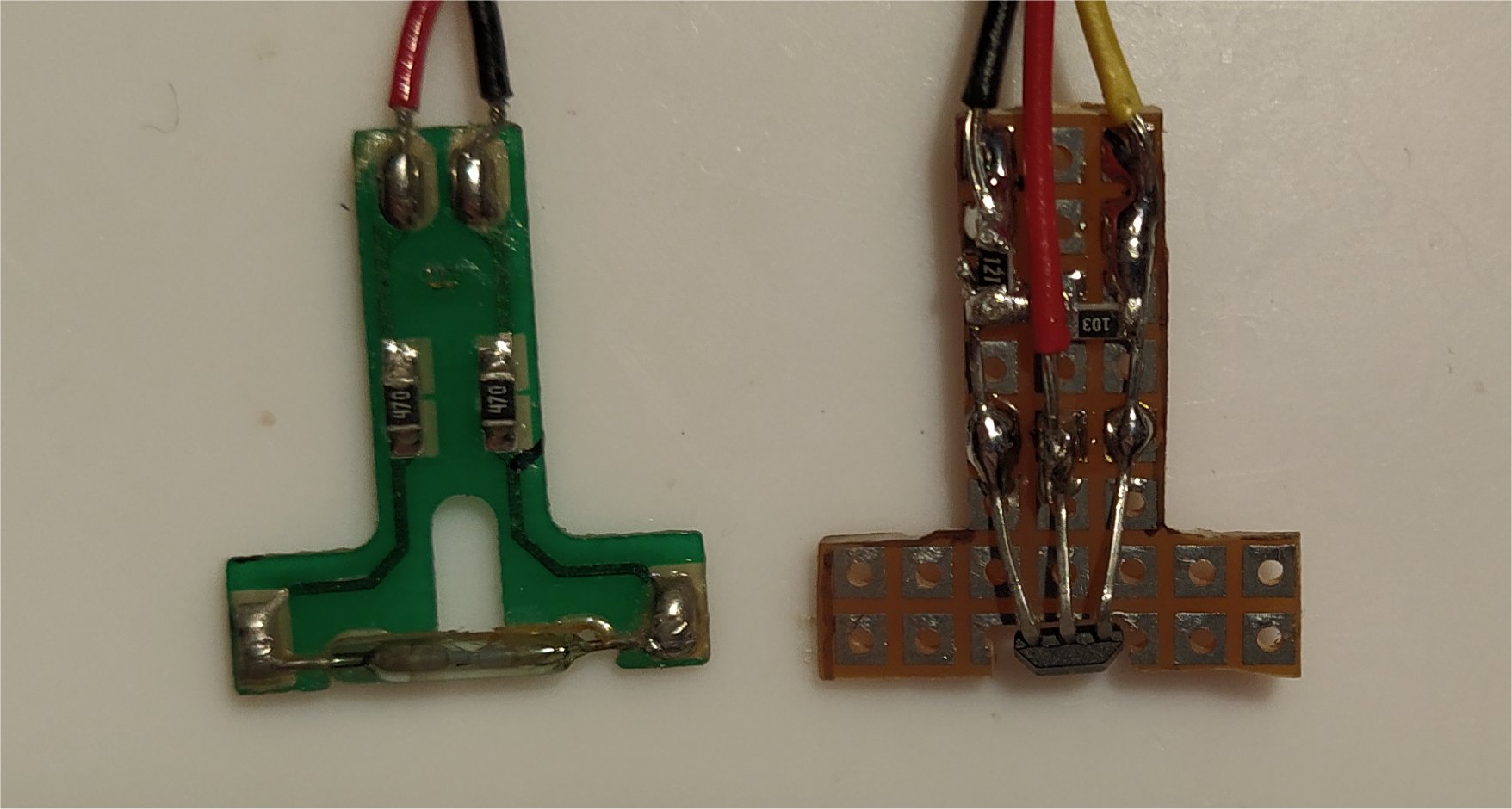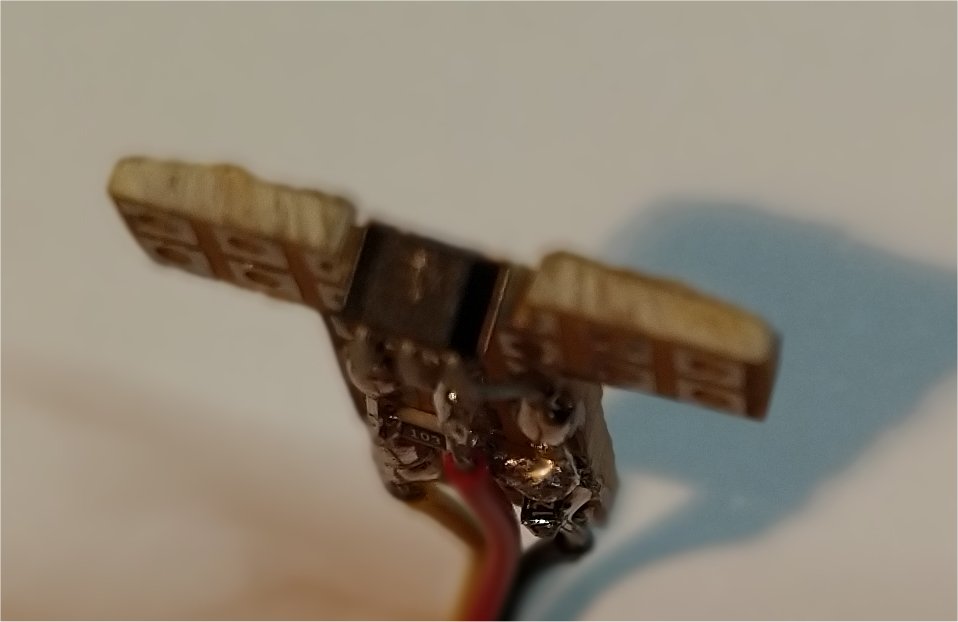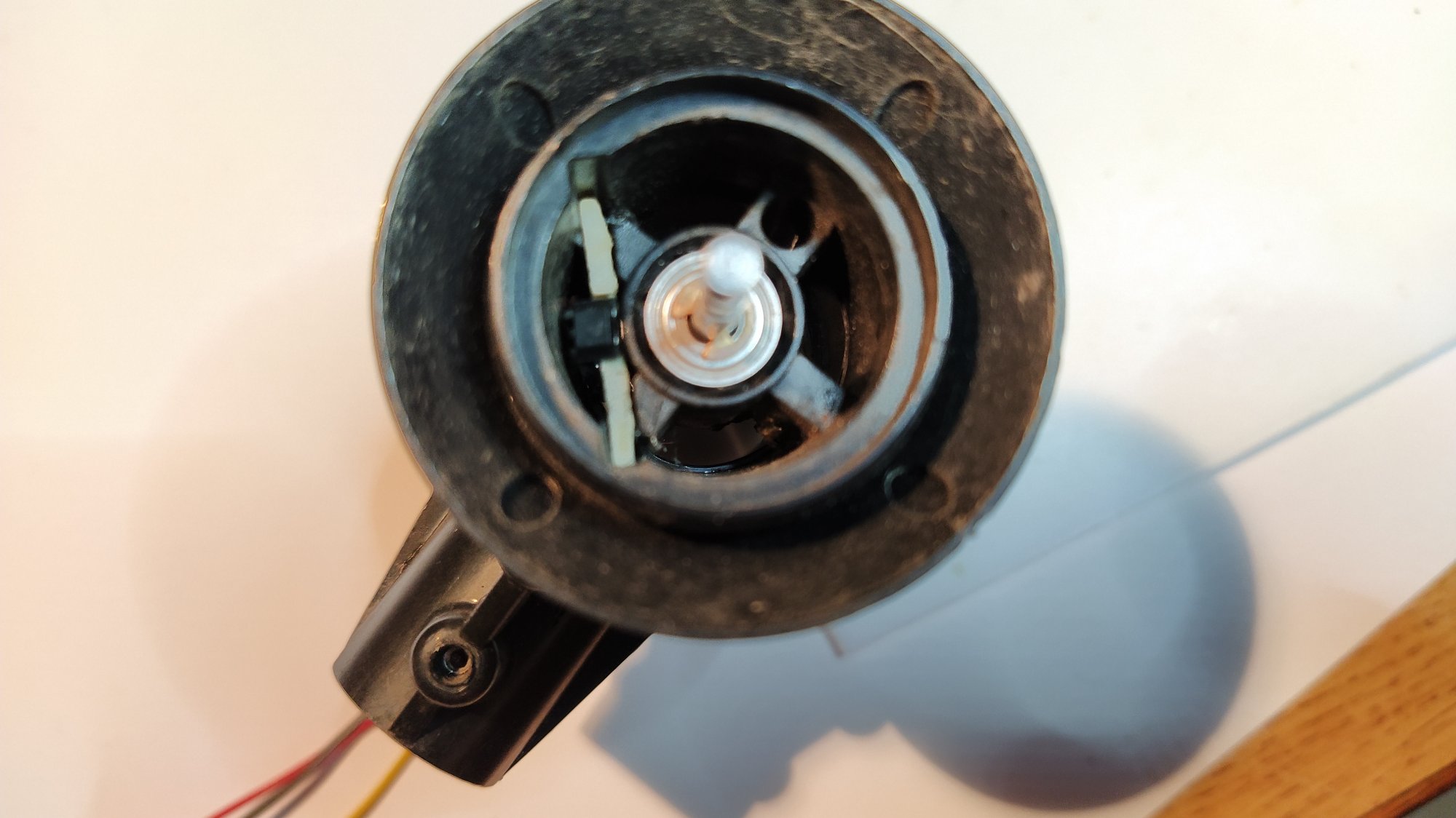Posts: 588
Threads: 22
Joined: Jan 2017
Weather Station: Wetterstation Engolling
Country:

Stupid question from my side - which advantages has the hall effect sensor besides it does not use mechanic parts.
So it may last longer than the reed contacts.
Regards, engolling
Posts: 168
Threads: 0
Joined: Feb 2015
Weather Station: Fine Offset (various)
Country:

Hi,
Normally a Hall sensor will be sensitive to the polarity (N-S) of the magnetic field, but Reed Switches are not. [OT:] This may affect the operation of some anemometers such as the Fine Offset, which is intended to generate two pulses per revolution (but I don't recall exactly how the reed is positioned relative to the magnet).
Cheers, Alan.
Posts: 5.358
Threads: 333
Joined: Apr 2014
Weather Station: WeatherDuino 4Pro
Country:

Hello Alan,
Is good to hear from you again, hope you are going well.
Indeed the Fine Offset anemometer modified with an hall effect sensor provides one pulse per revolution, instead of two when equipped with the read switch. That's the reason why on the WeatherDuino software there are two different settings: one for the "normal" Fine Offset anemometer the other for the modified version.
Rgs.
Posts: 5.358
Threads: 333
Joined: Apr 2014
Weather Station: WeatherDuino 4Pro
Country:

Hi Laurent,
Could you please post the reference of the Hall Sensor?
I friend of mine would like to try such mod to use with an WeatherDuino weather station.
Thanks.
Rgs.
Werk_AG








 because the anemometer that I am repairing is that of my Davis VP2.
because the anemometer that I am repairing is that of my Davis VP2.



